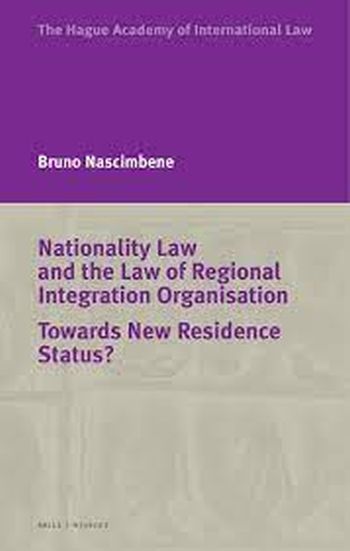
This study presents a historical and conceptual reconstruction of nationality law and offers an analysis of the issues involved, now and in the future. The author discusses definitions of nationality and citizenship in international law and in the law of certain regional organisations, in particular the European Union. He investigates whether these definitions have evolved and, if so, how; whether residence has taken on a more prominent role alongside nationality; and whether the EU can be taken as a model for other regional organisations in defining resident status.